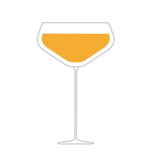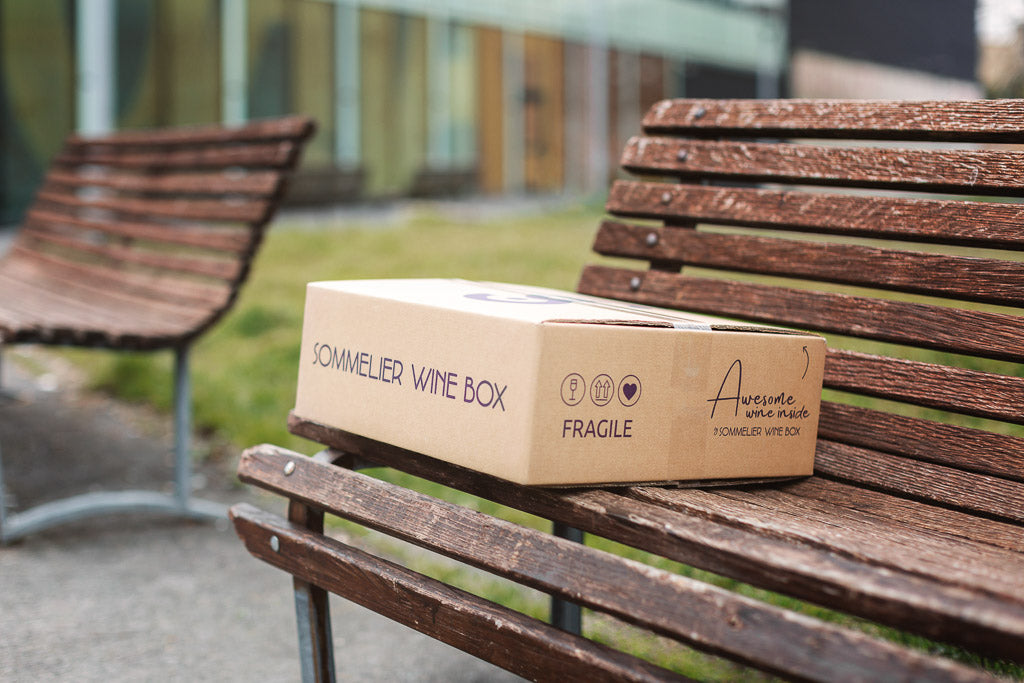Is the right glass an obsession of sommeliers? To convince yourself of the opposite, just try once to taste a great wine in a glass of water. Let's see what the correct glass is for each type of wine.
We have collected the simple rules you need to know to choose the right glass for each wine.
Why do glasses have different shapes?
Like everything human, the shape of glasses has changed over time. From the shells and cups of antiquity, today we have arrived at glasses with simple and high-performance lines. The secret? It lies in the shape of the glass and the upward opening , fundamental to allow the oxygenation of the wine and therefore to perceive its aromas and flavours.
Why choose different glasses for different wines?
Each wine has different organoleptic characteristics and requires the right glass, the one that allows it to best express all its potential.
Are there any rules for choosing the right glass?
Yes. Young wines should be served in glasses that are not too large, so as not to disperse the delicate bouquet .


For increasingly more structured wines, the glass must be progressively wider (to allow oxygenation and the release of the more complex aromas), up to the balloon for important red wines.



In which glass should Passito and sweet fortified wines in general be served?
These wines, characterized by amber colors and soft and very intense aromas, should be served in small glasses , because they are drunk in small quantities. Attention: they are the only ones for which colored glass is allowed and they are brought to the table at the end of lunch, after having removed the others.

In which glass should you serve sweet sparkling wines?
Sweet sparkling wines should instead be served in a large glass.

In which glass should sparkling wines be served?
Traditionally, bubbles are served in a flute: a glass with a narrow, elongated shape. In this case the wine is poured into the glass almost completely, thus the chain of perlage will be released. But the most contemporary trend is to serve the most important bubbles in larger glasses, those for white wine, to better appreciate their aromas.

If anyone isn't convinced...
On how the right glass also determines the right gesture and favors tasting, there is a passage by Luigi Veronelli that remains unsurpassed:
“We pour the red wine – lovingly, with infinite caution – into the pot-bellied glass that demands the warm caress of the hand; or, with equal care, the white in the tall glass, aristocratic and nerve-like, which the hand pushes away; we observe the colors transparently, we already enjoy the cheerful and flashing play of the reflected tones; we give it to the glass, with a light gesture, a hint of rotation: it increases the vinous surface; every hidden suggestion is released, and we inhale it, from the bouquet; in a kiss we sip it for the tongue, for the palate; we let ourselves be invaded by memories: a thousand and a thousand and a thousand. Every wine drunk has its own story.”
(Veronelli, The right wine )
Do you want to discover niche wines, selected according to your tastes? Be amazed by our subscriptions.




